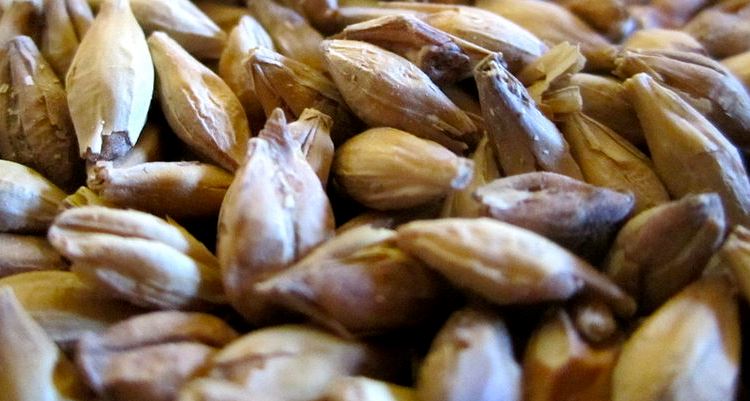One of the most essential components of beer is its source of starch; the other three ingredients include water, yeast for fermentation, and hops for flavoring. There are a variety of ingredients that can be used as a starch source, but the most commonly used starch is malt, or the malted grain.
Malt has been the subject of fascination since ancient times, and is still the major starch source used in making beer. The variety of grains that can be used as a starch source in the brewing process includes wheats, oats, ryes, and rice, but the most common one is barley (sorry gluten-free drinkers). Barley is used because of its high enzyme content property. By having high enzyme content, this improves the process of brewing to a large extent. The grains used in the brewing process must go through a process called malting, which changes the raw grain into malt. The process of malting is lengthy and it goes through various stages carried out in a malt house. The following points summarize the malting process.
When barley, or whatever grain is used to make the beer is collected and cleaned, it is put through the malting process. The grains are steeped in water, where the moisture content is regulated. Then the grains undergo a process called germination in which they continue to grow and develop. During this time malt enzymes are produced and sugars are converted from the starch. The purpose of this is to produce a germinated cereal grain to be used to produce beer.
When enough germination and development of enzymes is accomplished, the grain is then stopped from growing further. But this must be done at the right time to ensure the starch has been converted to sugar. If germination is not complete, you are left with starch that has not yet been converted to sugar, and if you wait too long, some of the sugar gets consumed by the plant because it still wants to grow. The grain is then heated up to remove moisture in a process called “kilning”. There are several factors during kilning that will affect the taste of your brew. If you remove moisture quickly through heat or ventilation, you get something useful for pale ales or pilsners. If you remove moisture slower, you’ll get high-kilned malts. The heating, kilning, and roasting of the grains are what also gives the beer its color and taste.
This kilning and roasting process is similar to what is done with coffee beans. You might think of a light-roast coffee bean being like a light-roast malt. And a dark-roast coffee bean being similar to a dark-roast malt. The common misconception is that the darker roasts of coffee have more caffeine, and of beer more alcohol, but this is not the case. One cannot equate color with alcohol content, but since lighter roasted malt has less starch and more sugar that can be converted to alcohol when mixed with yeast, it could be alleged that lighter beers tend to have more alcohol content than darker ones. But then again, what are you, in college?

